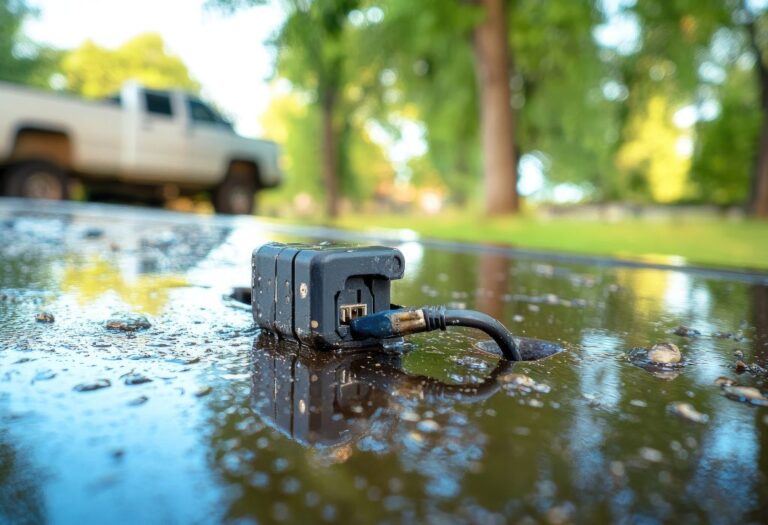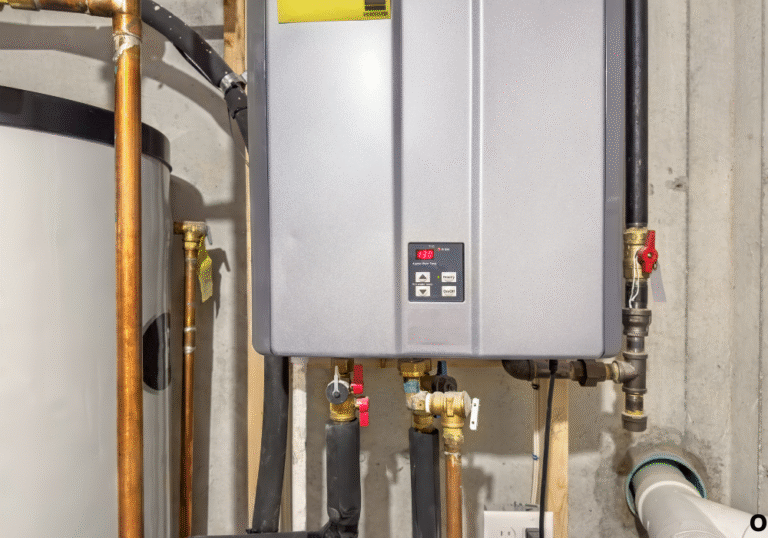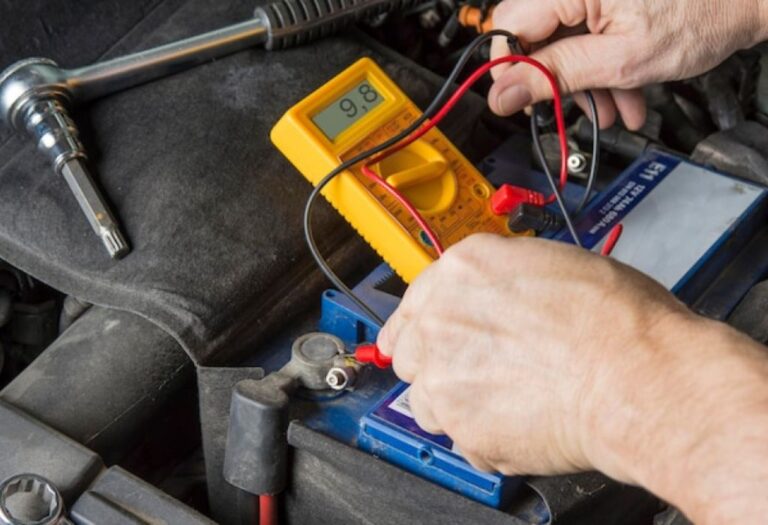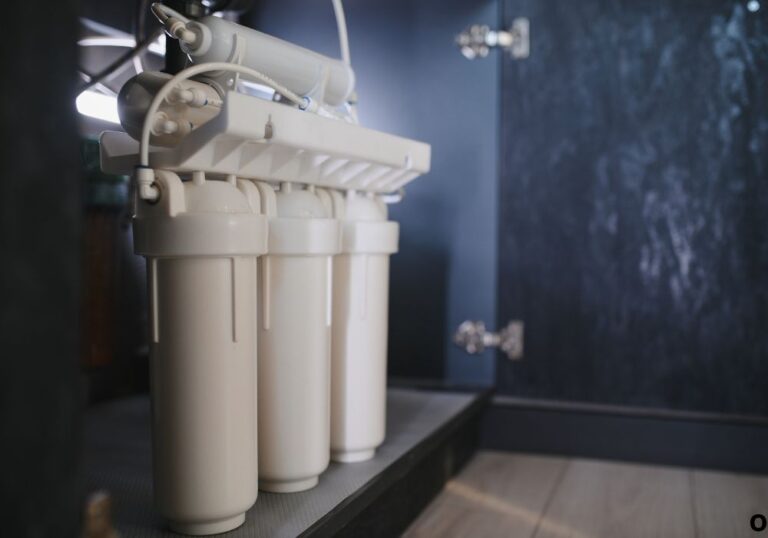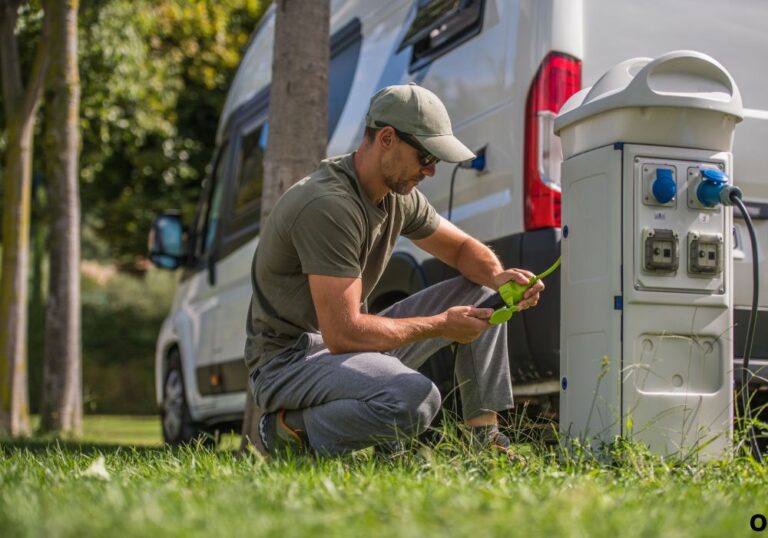How to Get Better Water Pressure in Your RV
Imagine taking a long-awaited shower in your RV only to have a weak trickle from the showerhead. Poor water pressure can ruin comfort and make simple tasks frustrating.
Many RV owners struggle with inconsistent water flow, often blaming the water source or pump. Understanding how to get better water pressure in RV helps solve issues efficiently and prevents recurring problems.
Studies indicate that more than 60% of RV water system complaints are related to inadequate pressure or pump performance (source).
This guide covers common causes, troubleshooting, maintenance, and upgrades to improve water pressure, ensuring reliable showers, sinks, and appliances in your RV.
Understanding Your RV Water System
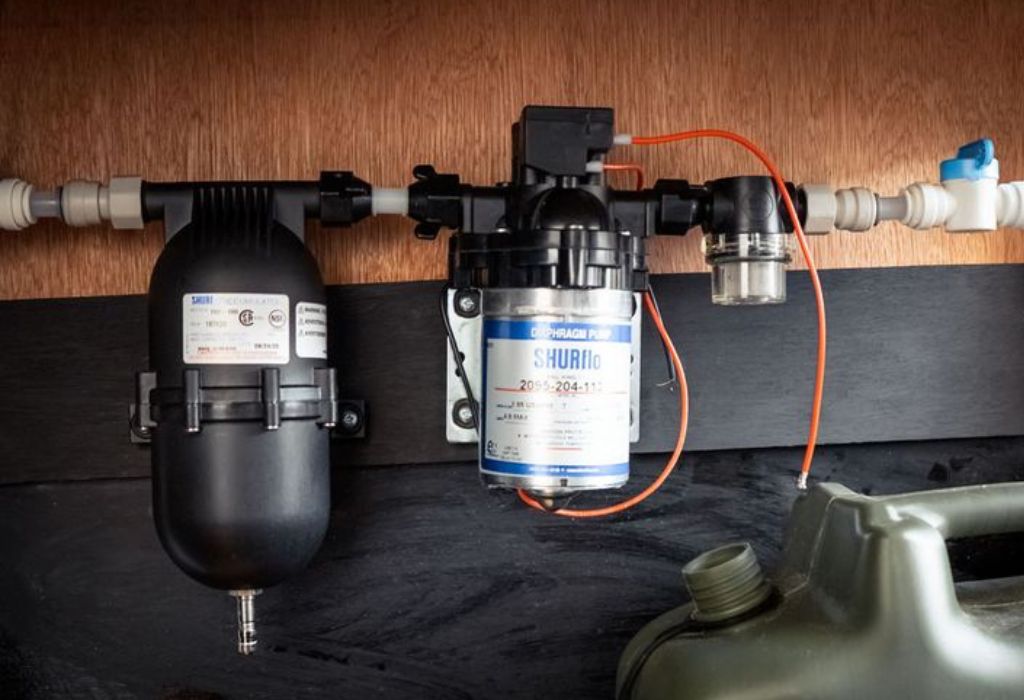
The RV water system consists of a freshwater tank, water pump, piping, and faucets or showerheads. Pressure is influenced by pump strength, hose diameter, and system design.
What is city water vs tank water?
City water comes from a direct hose connection; tank water relies on the onboard pump.
How does the pump affect pressure?
The pump generates PSI to push water through hoses and fixtures.
Do pipe diameters matter?
Yes — smaller hoses restrict flow and reduce pressure at faucets.
What role do pressure switches play?
They control pump operation to maintain target PSI.
Can filters impact pressure?
Clogged or fine filters reduce water flow and decrease pressure.
Common Causes of Low Water Pressure in RVs
Several factors can reduce water pressure, including clogged filters, undersized hoses, worn pumps, and leaks. Identifying the root cause is the first step toward improvement.
Do old or kinked hoses reduce pressure?
Yes — restrictions limit water flow throughout the system.
Can faucet aerators affect pressure?
Mineral buildup or small openings reduce effective PSI.
What about leaks in the system?
Leaks allow pressure loss and reduce output at fixtures.
Does tank elevation matter?
Higher or lower placement can impact pump efficiency.
Can improper pump settings cause low pressure?
Yes — misadjusted pressure switches or weak pumps limit flow.
Solutions to Improve Water Pressure
Adjusting or upgrading system components can boost pressure effectively. Common strategies include optimizing the pump, enlarging hoses, and maintaining valves and filters.
Will a pump booster help?
Yes — it increases PSI and improves flow.
Should I upgrade hoses?
Larger diameter hoses reduce restriction and improve water delivery.
Do pressure regulators need adjustment?
Yes — set to correct PSI for city water connections.
Can cleaning or replacing filters improve pressure?
Absolutely — clean filters remove flow restrictions.
Will checking for leaks help?
Yes — fixing leaks restores full pressure to faucets and showers.
Maintaining Consistent Pressure
Consistent pressure prevents weak water flow and protects plumbing components. Regular maintenance of pumps, hoses, valves, and filters ensures optimal performance.
How often should the pump be serviced?
Check every 6–12 months depending on usage.
Do pressure switches require calibration?
Yes — ensure they turn on/off at proper PSI.
Should I flush the system?
Flushing removes sediment and debris that reduce pressure.
Can valve cleaning help?
Yes — inline and check valves must be free of buildup.
Does water chemistry affect system performance?
Hard water can cause scaling, reducing flow and pressure.
Advanced Upgrades and Accessories
For RV owners needing higher performance, consider installing pump boosters, inline pressure monitors, or upgraded fixtures. These accessories can significantly enhance water pressure and consistency.
What is a pump booster?
A device to increase pressure beyond standard pump output.
Are inline pressure monitors useful?
Yes — they help detect fluctuations and adjust usage.
Should showerheads be replaced?
High-flow models increase output without overloading the pump.
Do check valves improve performance?
Prevent backflow and maintain steady PSI at fixtures.
Are upgraded pumps recommended?
For large RVs or high-demand systems, yes — they sustain better pressure.
Troubleshooting Tips

Regular monitoring and methodical checks help identify pressure issues quickly. Start at the source, follow hoses, and inspect all fixtures for flow restrictions.
Where to start troubleshooting?
Begin with the water pump and tank connections.
How to test hose flow?
Disconnect and observe flow rate at different lengths.
Are faucets common pressure culprits?
Yes — aerators or buildup can restrict water.
Does altitude affect pressure?
Pump performance may slightly vary with elevation.
Should I keep spare parts?
Yes — quick replacements prevent extended low-pressure issues.
Future Trends and Innovations in RV Water Systems
Modern RVs incorporate smart pumps, pressure sensors, and water-saving technology. These systems automatically adjust pressure and improve reliability in mobile environments.
Are smart pumps becoming standard?
Increasingly — they adjust PSI automatically.
Do sensors improve consistency?
Yes — they maintain stable water pressure across fixtures.
Are eco-friendly pumps available?
High-efficiency pumps conserve energy while improving flow.
Will advanced filtration affect pressure?
Filters designed for high flow minimize pressure loss.
Are wireless monitoring systems practical?
Yes — some apps monitor water pressure and pump performance remotely.
Conclusion
Maintaining proper water pressure enhances comfort, efficiency, and appliance performance in your RV. Routine checks and maintenance prevent most low-pressure issues.
Follow the steps outlined for optimizing pump performance, hoses, valves, and fixtures. Implement upgrades or accessories as needed to ensure strong, consistent water pressure wherever your travels take you.
I’m David R. Coleman, the founder, lead writer, and lifelong tool enthusiast behind GarageToolPro.com. With years of experience in automotive repair, woodworking, and home DIY projects, I created this platform to share practical tips, detailed tool reviews, and step-by-step guides that help mechanics, hobbyists, and homeowners get the job done right the first time.

